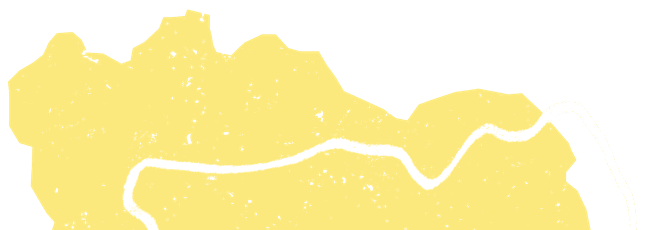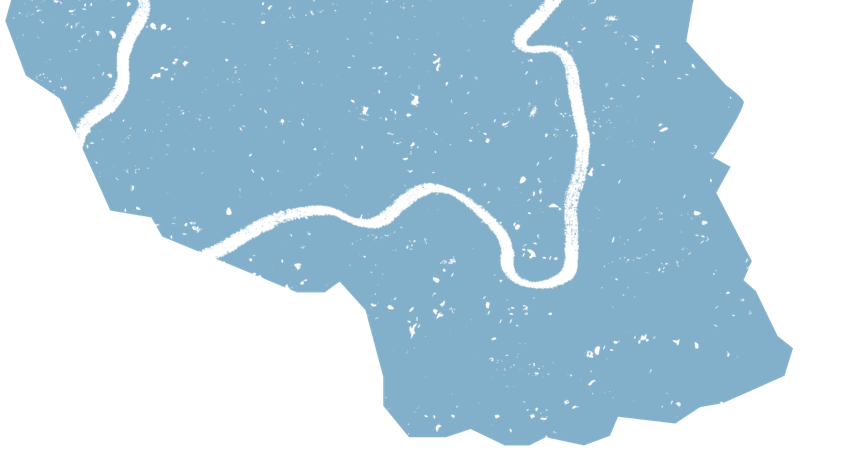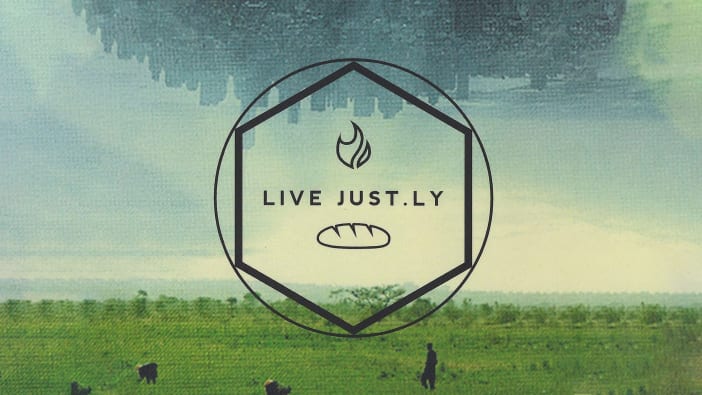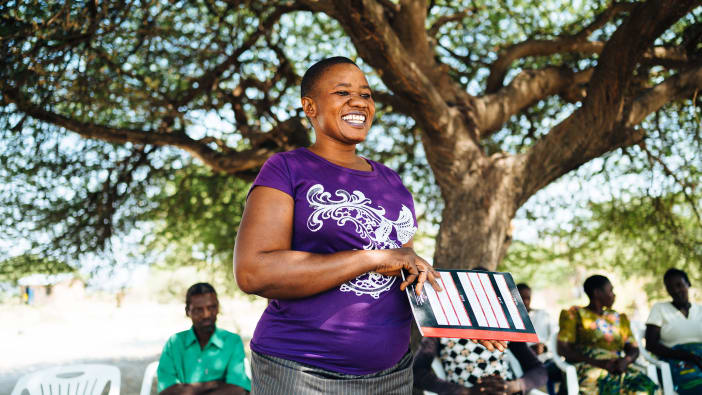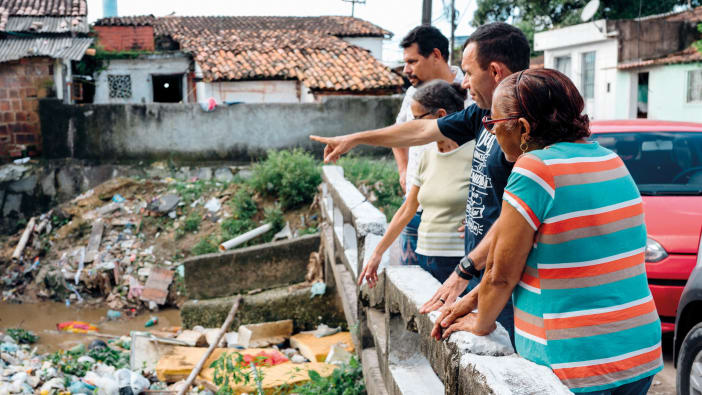The basic procedure is the same for all types of advocacy and it can be helpful to picture this as a six-step cycle.
Articles
The advocacy cycle
The basic procedure is the same for all types of advocacy and it can be helpful to picture this as a six-step cycle.
2000 Available in English, French, Spanish and Portuguese


From: Advocacy – Footsteps 45
How to speak out and take action to change situations and bring about justice
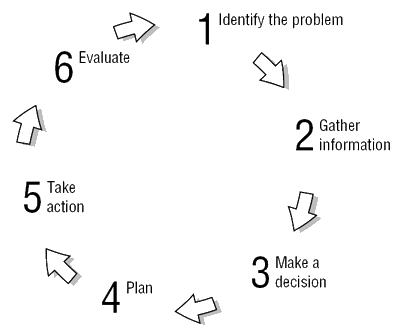
- Identify the problem
What is the real cause of the situation? Why do you and others want to try to change things? Could the situation be changed through advocacy work? - Gather information
Find out all the information possible about the situation. This may involve making visits, talking with all sides’ involved and carrying out research to find details of:
- the problem and its implications
- possible solutions that could be proposed
- targets – these are organisations or people who are responsible for the situation, such as local government or businesses
- opportunities for influencing the targets such as public meetings, newsletters, sympathetic individuals or personal contacts
- supporters and opponents Who would join you with their support? Churches, NGOs, the media? Who might oppose you? Organisations, officials, individuals?
- risks and advantages What risks are involved if action is taken or not taken? What advantages might there be in taking action, or in not taking action?
-
Make a decision
After gathering all the information, a decision needs to be made about whether or not to take action. Can you really help to change the situation? Do you really understand all that is involved? Are you clear about who should be targeted to make changes? How can you work together with other supporters and are they interested? Is your information accurate and up to date? Will it stand up to official scrutiny or will people just consider it confused?You may feel you need more information and research and more help before you can make such a decision.
- Plan
Once a decision is made, you need to work out a clear plan of action. This should include:- the objectives of your advocacy work – such as a change in the law or challenging corruption
- people who have the power to change the situation – the targets
- the methods and activities that will be appropriate to use for this situation how to liaise with other supporting groups
- time schedule
- possible risks
- responsibilities
- measures of success – how will you measure the results?
It may be helpful to draw up a plan of action on a sheet of paper with ruled sections using headings such as these:
Issue
Objectives
Target
Methods and activities
Supporters and opponents
Timescale
Risks
Responsibilities
Success indicators
-
Take action
The kind of action taken will vary greatly, depending on the culture, the social or political situation. There are several kinds of action:- Direct influence (lobbying) on the target This could include writing letters to officials, meeting with them, providing information and research findings that may be of interest to the target group, inviting officials to visit and learn more about the situation themselves or attending public meetings already arranged by the target group.
- Campaigning
Campaigning involves telling others about the situation in a way that encourages them to take action. It could include arranging public meetings, taking part in demonstrations or marches, writing newsletters, providing information sheets or preaching.
- Media work
Using the media to spread the message can greatly expand the number of people that are aware of the situation, though usually in a less direct way than campaigning. Media work could include writing an article or letter for a newspaper or magazine, talking on the radio, working with journalists to tell them about the situation or producing a press release about some activity or event.
- Prayer
Prayer should support every kind of action. In some cases, where direct action is too risky, it may be the only way of influencing the situation. Information for prayer can be shared in churches, within organisations for staff meetings, as prayer topics in magazines or within small groups.
-
Evaluate
It is important to set aside time at regular intervals to look back and consider how effective your actions have been. What have been the results, if any? In addition to the main objective, has anything else changed? Should anything have been done differently?It may be very helpful to make a list of things that have been successful and the things that have failed. For example:
Our successes
- clear responsibilities
- realistic objectives
- good use of existing networks
Our failures
- too few supporters
- unsympathetic media coverage
- not enough information
After evaluating what has happened, what changes could you make? Is further action still needed? It may be helpful to repeat the cycle and work out a new strategy.
Try it out!
Does this all sound too complicated? Would you rather just get going? Try out these six steps with some imaginary situations. In a small group, work through the first five steps. You may like to imagine some possible outcomes and also try out the last step. Alternatively, you may already be involved with a situation that concerns you, and you could work through the six steps for this.
This article was adapted from Tearfund’s Advocacy Study Pack written by Andy Atkins and Graham Gordon (see page 14).
Discussion starters
Situation one: Street vendors have been banned from selling their foods by government health officials who are insisting they have a hygiene certificate. The cost of obtaining such a certificate is beyond the reach of all but large food manufacturers. Both vendors and their previous customers are suffering.
Situation two: The local health clinic is about to be closed because there is a lack of government funding. At the same time, a new ward for cancer treatment is to be built in the hospital in the nearby town with government funds. Local people will face a 25km trip to obtain any kind of medical care.
Similarly Tagged Content
Share this resource
If you found this resource useful, please share it with others so they can benefit too.
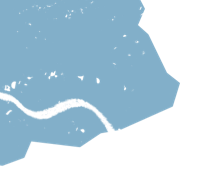
Subscribe to Footsteps magazine
A free digital and print magazine for community development workers. Covering a diverse range of topics, it is published three times a year.
Sign up now - Subscribe to Footsteps magazine
